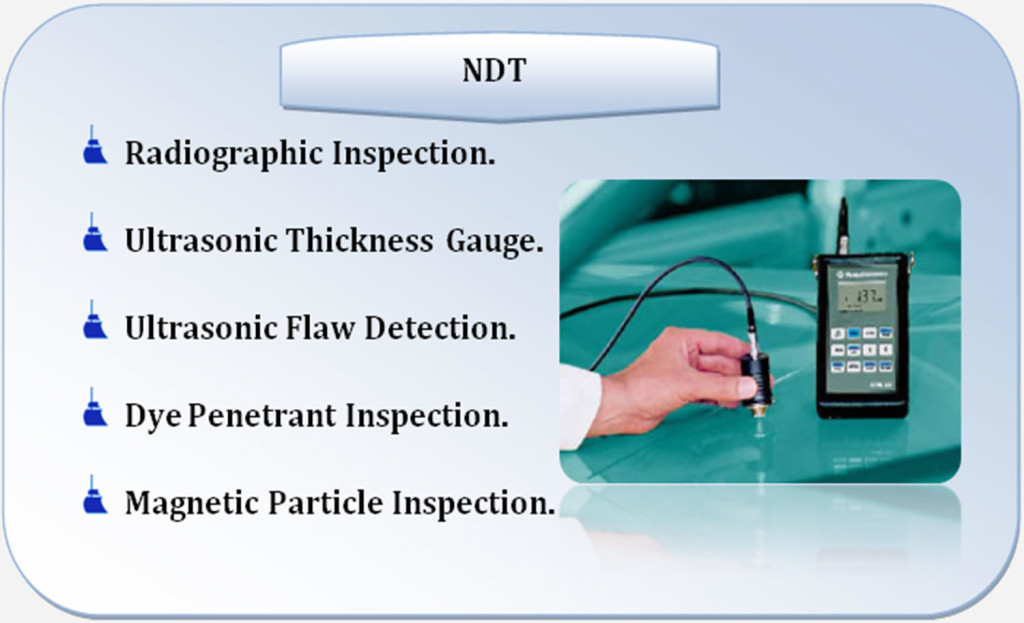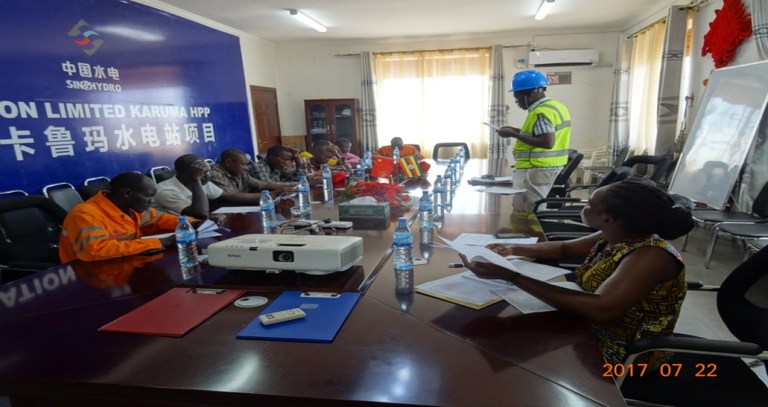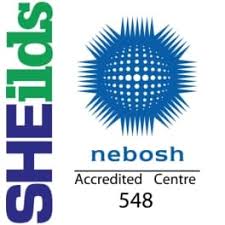- Home
- Non Destructive Testing & Inspection
Non Destructive Testing & Inspection
Nondestructive testing (NDT) covers a wide group of analysis techniques used to evaluate the properties of a material, part, product, weld, or system without materially affecting the integrity of the unit under test. NDT laboratories are a valuable partner for industries including forensic, mechanical, electrical, civil, systems, aerospace and aeronautical engineering, as well as medical applications. The terms nondestructive inspection (NDI) and Nondestructive evaluation (NDE) are also commonly used to describe nondestructive testing methodology.
OGSSL Nondestructive testing services are designed to comply with a wide variety of industry standards, as well as unique customer requirements. We use certified technicians and Certified Weld Inspectors (CWIs) to deliver a full range of NDT services, including certified weld inspection, to assist our clients in projects ranging from material analysis or product qualification testing to quality assurance and audit programs.
Our nondestructive testing laboratories possess unrivaled capacity and technical expertise within the field of nondestructive testing. We utilize a wide variety of advanced equipment capable of performing quality inspections for virtually any form of ferrous or non-metallic material, component, or assembly
Methods we employ
Radiographic Inspection (RT);
OGSSL operates radiographic laboratories around the country, staffed with certified technicians and outfitted with the latest technical and image processing equipment to process, inspect, and certify a wide variety of products for the aerospace, power generation, and commercial industries. We have the capabilities to perform conventional film radiography to Computed and Digital radiography, a highly sensitive method that produces an image in a digital format that can be viewed on any laptop or computer.
Ultrasonic Inspection (UT);
Ultrasonic Testing, or ‘UT’, is a non-destructive testing technique that empowers you to use high-frequency sound waves. With these waves you can find imperfections in materials made of metal. You can also detect any changes in the properties of those materials and components that could indicate future problems or failure.
Liquid Penetrant Inspection (PT); Liquid Penetrant Testing, or ‘PT’, is an NDT technique where the material or component is covered in a liquid dye or fluorescent dye. Once the dye is removed any remaining dye can be used to find dangerous or failure-inducing defects.
Magnetic Particle Inspection (MT);
Magnetic Particle Testing, or ‘MT’, is a type of NDT that utilizes a magnetic field and ultra-fine magnetic particles to find flaws in the surface of metals. These particles are similar to iron shavings and are commonly used to find small cracks that aren’t easily visible
Eddy Current Inspection (ET);
Eddy current techniques are commonly used for the nondestructive examination and condition monitoring of a large variety of metallic structures, including heat exchanger tubes, aircraft fuselage, and aircraft structural components. This method is especially useful for detecting the effects of processing and shaping operations during production, as well as corrosion damage or cracking for most nonmagnetic metals and alloys.
Visual Inspection (VT);
OGSSL provides a number of visual testing services that in most cases can be the first method of inspection to detect defects and observe problems in the earliest stages of fabrication





